The flavour market exhibits a dynamic competitive landscape characterized by innovation, sustainability, and strategic partnerships. Key players such as International Flavors & Fragrances (US), Givaudan (CH), and Symrise (DE) are at the forefront, each employing distinct strategies to enhance their market positioning. International Flavors & Fragrances (US) focuses on expanding its portfolio through acquisitions and innovation, particularly in natural and organic flavours, which aligns with the growing consumer demand for clean label products. Givaudan (CH), on the other hand, emphasizes sustainability and digital transformation, investing heavily in technology to optimize its operations and reduce environmental impact. Symrise (DE) leverages its strong R&D capabilities to develop unique flavour profiles, catering to diverse consumer preferences, thereby shaping a competitive environment that prioritizes differentiation and responsiveness to market trends.
The market structure appears moderately fragmented, with a mix of large multinational corporations and smaller niche players. Key business tactics such as localizing manufacturing and optimizing supply chains are prevalent among these companies, allowing them to respond swiftly to regional demands and mitigate risks associated with global supply chain disruptions. The collective influence of these major players fosters a competitive atmosphere where innovation and operational efficiency are paramount, driving overall market growth.
In September 2025, Givaudan (CH) announced a strategic partnership with a leading biotechnology firm to develop sustainable flavouring solutions derived from plant-based sources. This collaboration is poised to enhance Givaudan's product offerings while addressing the increasing consumer preference for sustainable and ethically sourced ingredients. The strategic importance of this move lies in its potential to position Givaudan as a leader in the sustainable flavour segment, aligning with broader industry trends towards environmental responsibility.
In October 2025, International Flavors & Fragrances (US) launched a new line of natural flavours aimed at the beverage sector, responding to the rising demand for healthier options among consumers. This initiative not only expands their product range but also reinforces their commitment to innovation in response to market needs. The launch signifies a strategic pivot towards health-conscious consumer trends, which could enhance IFF's competitive edge in a rapidly evolving market.
In August 2025, Symrise (DE) unveiled a new digital platform designed to streamline customer interactions and enhance product customization. This initiative reflects a broader trend towards digitalization within the flavour market, enabling Symrise to offer tailored solutions that meet specific customer requirements. The strategic importance of this platform lies in its potential to improve customer engagement and operational efficiency, thereby solidifying Symrise's market position.
As of November 2025, current trends in the flavour market are increasingly defined by digitalization, sustainability, and the integration of artificial intelligence in product development. Strategic alliances are becoming more prevalent, allowing companies to pool resources and expertise to innovate more effectively. Looking ahead, competitive differentiation is likely to evolve from traditional price-based competition to a focus on innovation, technological advancement, and supply chain reliability. This shift underscores the necessity for companies to adapt and invest in sustainable practices and cutting-edge technologies to maintain a competitive edge.


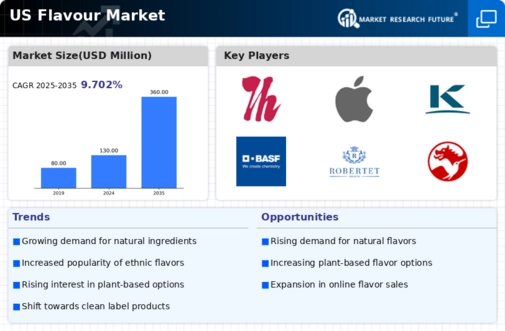

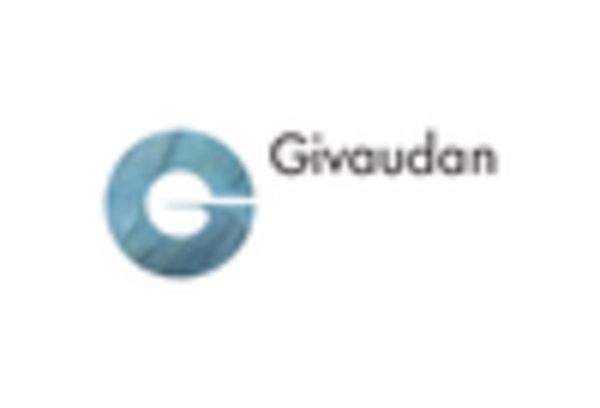
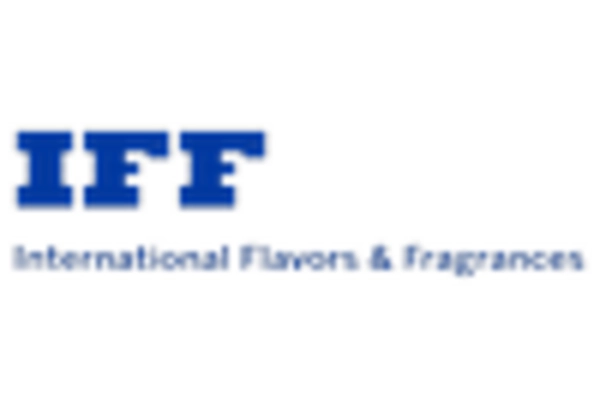
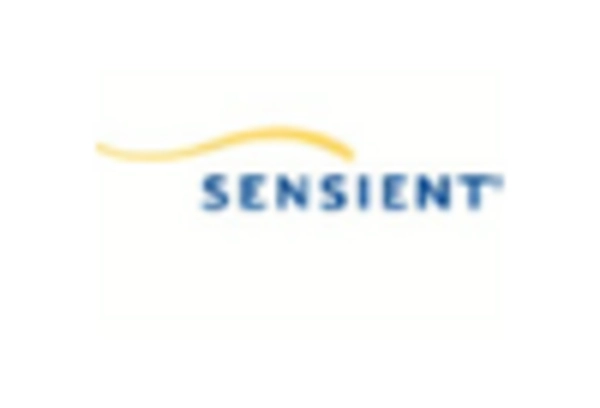
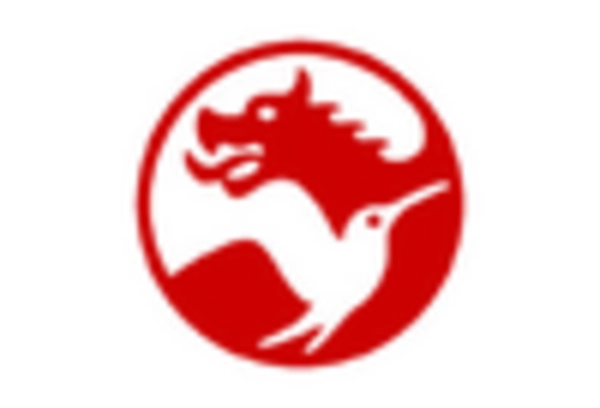









Leave a Comment